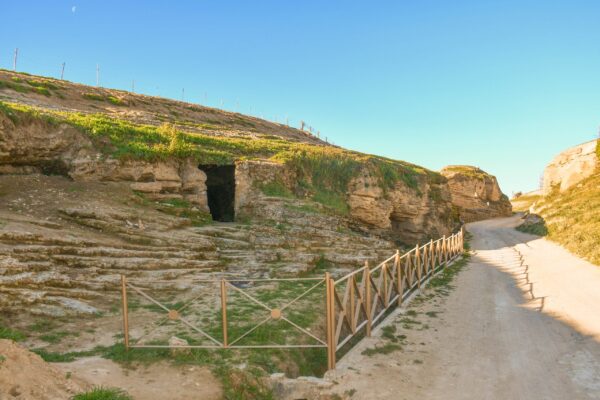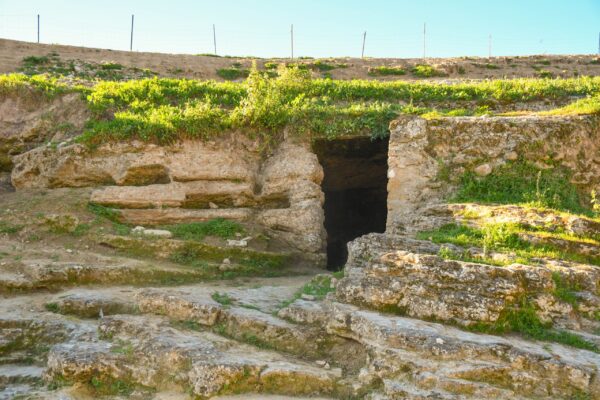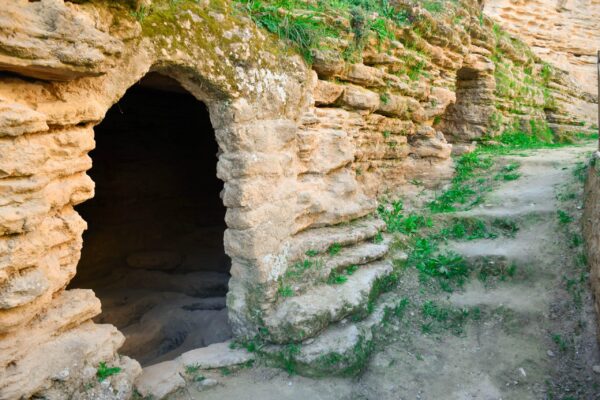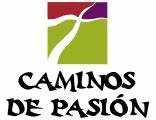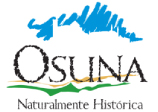


| TRAIL TYPE | NAME | TIME | DISTANCE |
|---|---|---|---|
| SL-A 161 | NECRÓPOLIS | 1h y 40min | 6 km |
The trail begins at the intersection of the Cañada Real de Marchena a Estepa and the Vereda de Santa Mónica. These livestock trails correspond to the ancient main roads of the Forum of the ancient Roman city of Urso, which geographically marked the intersection of the north-south road with the east-west road. From this period, we can still see the remains of what is popularly known as ‘La Pileta’ (the pool), and not too far from this point is the Roman theatre of the ancient Colonia Genitiva Iulia.
Continuing along the path, we will head east towards the necropolis located on the outskirts of the main eastern entrance to the city. It is situated on an open pass on the hill of ‘La Quinta’, one of the three natural watchtowers that protected the plateau of the ancient city.
Once you have enjoyed the magnificent remains of the necropolis, you will reach a crossroads where you can choose between two options that lead to the same place, as this is a circular trail. If we decide to go left, we will follow the Cañada Real de Marchena a Estepa, which is still today the main livestock trail that crosses our municipality from west to east until it crosses the Río Blanco. If we choose the path on the right, we will take the Cañada Real de Granada, which ends in the area known as the Río Blanco service area, to enter the neighbouring municipality of Aguadulce.
In any case, the trail ends much earlier, as these two livestock trails are joined by the so-called Camino de los Carros, which allows this trail to be closed off by means of a circuit. This path goes up the hill of the old town of our municipality until it reaches the agricultural land of the countryside, where you can see a large number of kestrels among the olive groves and cereal fields, which have made this historic area their main habitat.
Osuna Necropolis
Continuing along the Cañada Real de Marchena to Estepa, you will reach this necropolis. It is very likely that this road has been in use since Roman times, as it was customary to locate cemeteries on the access roads to cities.
Some researchers have hypothetically traced its origins back to the Chalcolithic period, but the clearest evidence dates back to Roman times. Finally, the upper chronological limit of the latest burials seems to correspond to the Visigothic period.
The first documented reference to this necropolis dates back to 1596. Since then, it has been the subject of commentary by various local authors, until 1784, when the first systematic archaeological excavations were carried out in Osuna, with the costs being covered by the Crown. Subsequently, the necropolis has been the subject of further excavations, the most recent ones taking place during the 1980s.
What we see today must be only part of the larger necropolis, which was not composed solely of cave burials, although these are the most characteristic. These are artificial caves that take advantage of the relatively malleable rock substrate in which they are carved. Although there is evidence of cremations, burials predominate.

